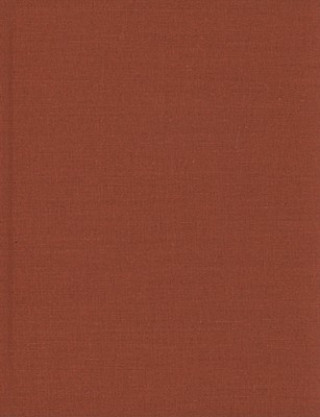
Kód: 04938859
Art for a Modern India, 1947-1980
Autor Rebecca M. Brown
In the process of creating modern art following India's independence in 1947, Indian artists faced a paradox as they sought to maintain a local idiom, an 'Indianness' representative of their newly independent nation, while connect ... celý popis
- Jazyk:
 Angličtina
Angličtina - Vazba: Pevná
- Počet stran: 224
Nakladatelství: Duke University Press, 2009
- Více informací o knize

2779 Kč

Skladem u dodavatele v malém množství
Odesíláme za 14-18 dnů
Potřebujete více kusů?Máte-li zájem o více kusů, prověřte, prosím, nejprve dostupnost titulu na naši zákaznické podpoře.
Přidat mezi přání
Mohlo by se vám také líbit
-

Memory of Trade
995 Kč -
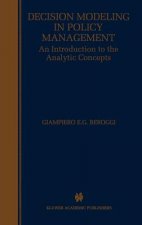
Decision Modeling in Policy Management
3289 Kč -

More Quality Circle Time
750 Kč -
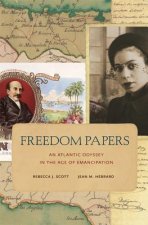
Freedom Papers
718 Kč -
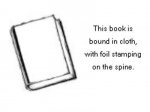
Economic Person
4378 Kč -

Bad Pastors
965 Kč -

New Perspectives on Racial Identity Development
2882 Kč
Darujte tuto knihu ještě dnes
- Objednejte knihu a zvolte Zaslat jako dárek.
- Obratem obdržíte darovací poukaz na knihu, který můžete ihned předat obdarovanému.
- Knihu zašleme na adresu obdarovaného, o nic se nestaráte.
Více informací o knize Art for a Modern India, 1947-1980
Nákupem získáte 278 bodů
 Anotace knihy
Anotace knihy
In the process of creating modern art following India's independence in 1947, Indian artists faced a paradox as they sought to maintain a local idiom, an 'Indianness' representative of their newly independent nation, while connecting to modernism, an aesthetic then understood as universal and Western. They depicted India's pre-colonial past while embracing aspects of modernism's rejection of the past in pursuit of the new, and they challenged the West's dismissal of non-Western places and cultures as 'not modern', as sources of primitivist imagery but not of modernist artworks. Highlighting these paradoxes, Rebecca M. Brown explores the emergence of a self-conscious Indian modernism - in painting, drawing, sculpture, architecture, film, and photography - in the years between independence and 1980, by which time the Indian art scene had changed significantly and postcolonial discourse had begun to complicate mid-century ideas of nationalism. Through close analyses of specific objects of art and design, Brown describes how Indian artists engaged with questions of authenticity, iconicity, narrative, urbanization, and science and technology. In his acclaimed Apu trilogy (1955-59), the filmmaker Satyajit Ray presented the rural Indian village as a socially complex space rather than as the idealized site of 'authentic India'. The painter Bhupen Khakhar reworked Indian folk idioms and borrowed iconic images from calendar prints in his paintings of urban dwellers such as "Man with Bouquet of Plastic Flowers" (1976). In planning the Ashok Hotel and the Vigyan Bhavan conference centre in New Delhi during the 1950s, Indian architects developed a revivalist style of bold architectural gestures anchored in India's past. Discussing these works of art and design along with others, Brown chronicles the mid-twentieth-century trajectory of India's modern visual culture.
 Parametry knihy
Parametry knihy
Zařazení knihy Knihy v angličtině The arts History of art / art & design styles Art styles not defined by date
2779 Kč
- Plný název: Art for a Modern India, 1947-1980
- Autor: Rebecca M. Brown
- Jazyk:
 Angličtina
Angličtina - Vazba: Pevná
- Počet stran: 224
- EAN: 9780822343554
- ISBN: 082234355X
- ID: 04938859
- Nakladatelství: Duke University Press
- Hmotnost: 590 g
- Rozměry: 218 × 175 × 23 mm
- Datum vydání: 17. March 2009
Oblíbené z jiného soudku
-
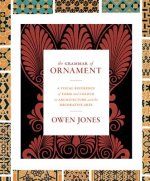
Grammar of Ornament
993 Kč -
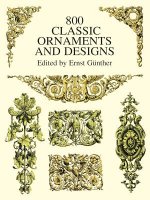
800 Classic Ornaments and Designs
361 Kč -
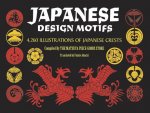
Japanese Design Motifs
731 Kč -
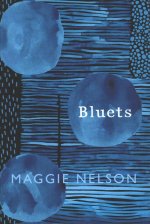
Bluets
378 Kč -
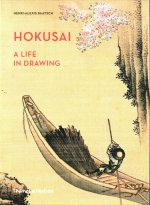
Hokusai
677 Kč -

Sumi-e
821 Kč -
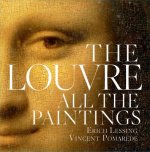
Louvre: All The Paintings
1572 Kč -
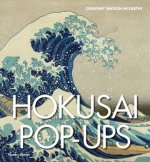
Hokusai Pop-ups
675 Kč -

Shunga
1345 Kč -
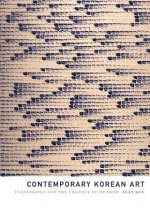
Contemporary Korean Art
1012 Kč -
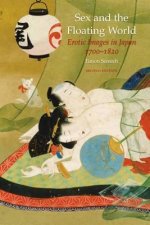
Sex and the Floating World
926 Kč -
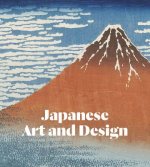
Japanese Art and Design
898 Kč -
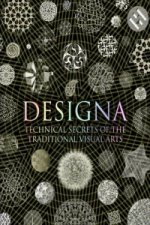
Designa
600 Kč -
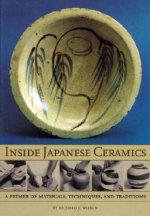
Inside Japanese Ceramics
976 Kč -
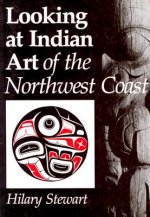
Looking at Indian Art of the Northwest Coast
380 Kč -
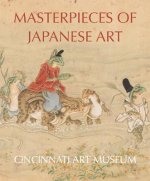
Masterpieces of Japanese Art: Cincinati Art Museum
1266 Kč -
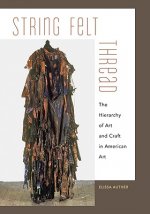
String, Felt, Thread
1052 Kč -
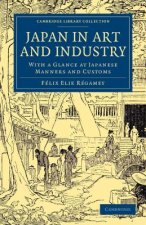
Japan in Art and Industry
1486 Kč -
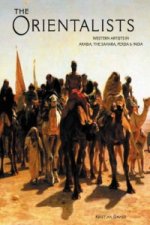
Orientalists
2382 Kč -
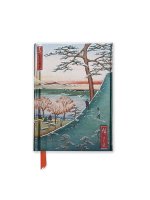
Hiroshige: Meguro (Foiled Pocket Journal)
196 Kč -

Hokusai
501 Kč -
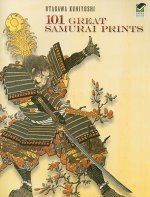
101 Great Samurai Prints
478 Kč -
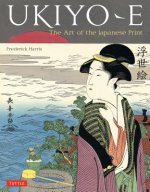
Ukiyo-e
722 Kč -

On Weaving
1298 Kč -

Unknown Craftsman, The: A Japanese Insight Into Beauty
840 Kč -

Beautiful Fighting Girl
581 Kč -

Skateboard Art of Jim Phillips
711 Kč -
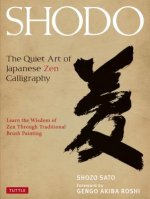
Shodo
728 Kč -
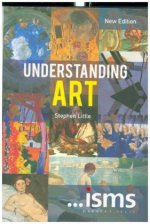
Understanding Art
302 Kč -
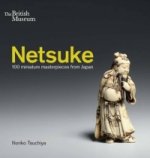
Netsuke
410 Kč -
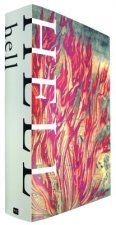
Hell in Japanese Art
1500 Kč -
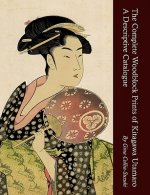
Complete Woodblock Prints of Kitagawa Utamaro
1743 Kč -

50 Paintings You Should Know
410 Kč -
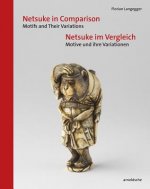
Netsuke in Comparison
1186 Kč -

Keith Haring
353 Kč -
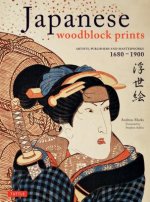
Japanese Woodblock Prints
1412 Kč -

Polymer Photogravure
1891 Kč -
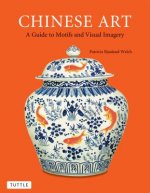
Chinese Art
727 Kč -

Bark Canoes and Skin Boats of Northern Eurasia
1464 Kč -
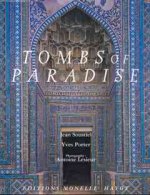
Tombs of Paradise: The Shah-E Zende in Samarkand and Architectural Ceramics of Central Asia
1487 Kč -

Australian Rock Art
997 Kč -

50 Women Artists You Should Know
710 Kč -
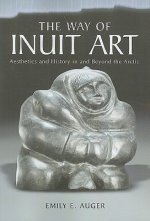
Way of Inuit Art
1369 Kč -

World Rock Art
846 Kč -
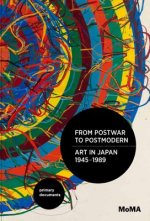
From Postwar to Postmodern, Art in Japan, 1945-1989
1012 Kč -
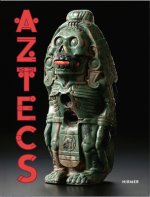
Aztecs
851 Kč -

The Adorable Circle of Life Adult Coloring Book
223 Kč -
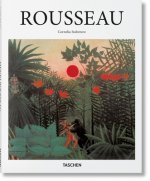
Rousseau
384 Kč -

Hokusai
1078 Kč
Osobní odběr Praha, Brno a 12903 dalších
Copyright ©2008-24 nejlevnejsi-knihy.cz Všechna práva vyhrazenaSoukromíCookies


 Vrácení do měsíce
Vrácení do měsíce 571 999 099 (8-15.30h)
571 999 099 (8-15.30h)